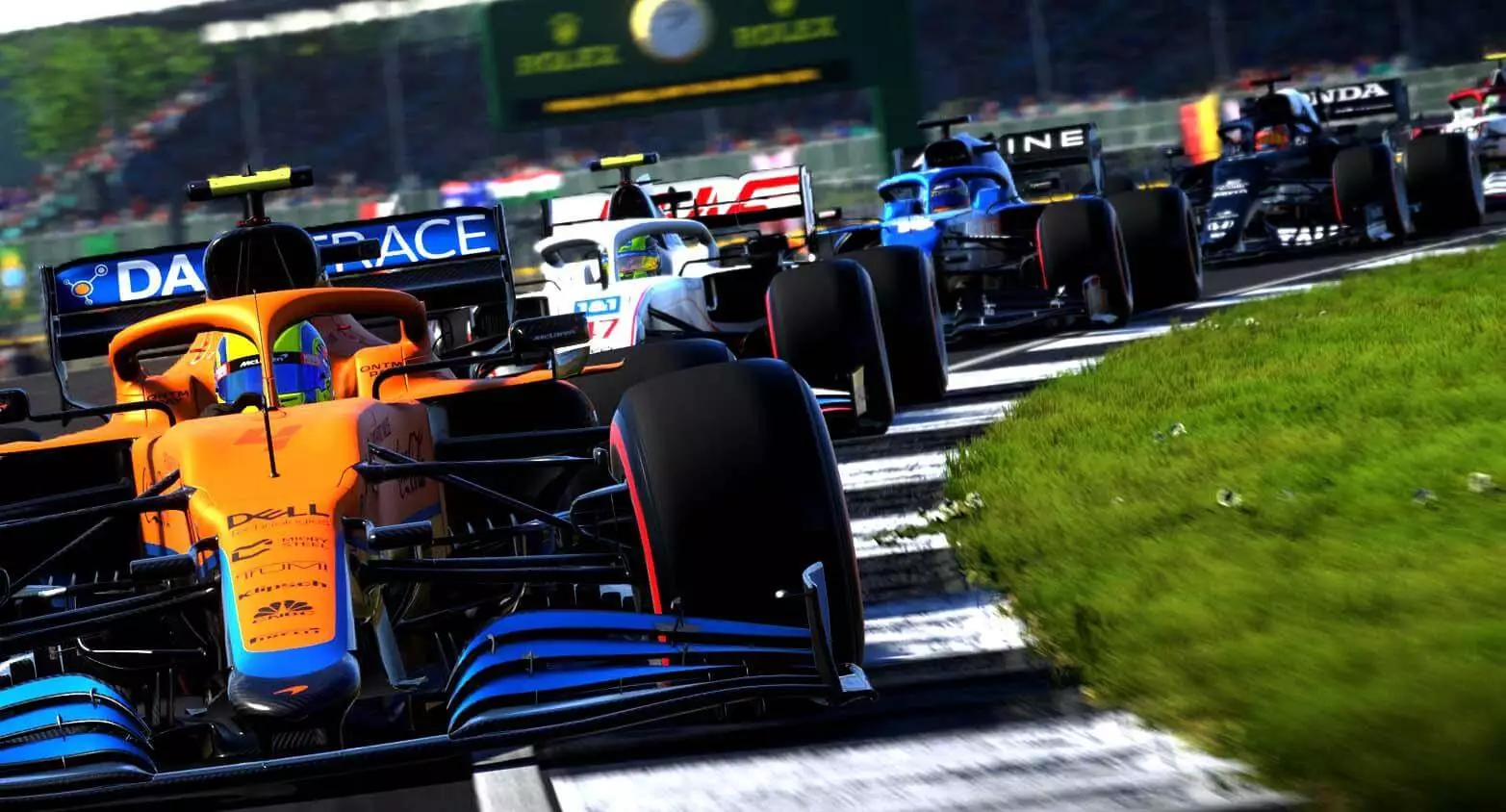The most alluring aspect of racing for both drivers and onlookers is the sheer pace at which it takes place. It’s the same almost everywhere else in the world of motorsports as well.
Another reason people love going back to NASCAR is to see their favorite drivers duel it out for the championship. The excitement that comes from witnessing the cars go as fast as they possibly can is maybe the most intoxicating aspect of it all.

The highest speeds of various series vary greatly based on factors such as power, aerodynamics, and technological advancements. There is also a role played by drivers’ commitment – learning how to brake as late as feasible.
Top Speed of Formula 1
- Acceleration: 0 to 60 meters per hour – approximately 2.6s
- Fastest ever speed: 397.36 kilometers per hour
- Top race speed: 360 kilometers per hour
Formula 1 car reaches speeds of 60 mph in 2.6 seconds from a standstill. However, despite their high-speed top speed, they can’t use all their power right away because their speed is derived largely from aerodynamics (which works better the faster the car is traveling).
In the 2016 Mexican Grand Prix, Valtteri Bottas set the record for the fastest lap with a speed of 372.5km/h (231.4mph). The quickest single-seaters aren’t F1 vehicles; that distinction belongs to IndyCar. The focus on downforce and cornering speeds in formula 1 car means that cars are faster over the course of a lap even if they are slower in a straight line.
Top Speed of IndyCar
- Acceleration: 0-100 kilometers per hour in approximately 3s
- Top speed: 380 kilometers per hour
At the end of some straights, IndyCars may reach speeds of up to 380 kilometers per hour. IndyCars take a little longer to reach these speeds than F1 cars, despite the fact that they are faster than anything seen in F1.
The fastest IndyCars are those that run on oval speedways with the least amount of downforce. Even though he came up short of setting a new record, Marco Andretti won the Indy 500 pole in 2020 with an average speed of 231.351mph (327.32km/h) over four laps. In qualifying for the 1996 Indy 500, Aerie Luyendyk averaged 236.986 mph (381.391 km/h). His four-lap time of 2m31.908s is still the fastest in history.

Oliver Greene is a sports geek at heart. From iconic moments to rising stars, he’s here to share his love of sports and the stories that make them special.
